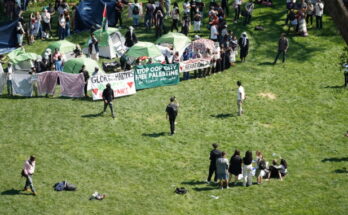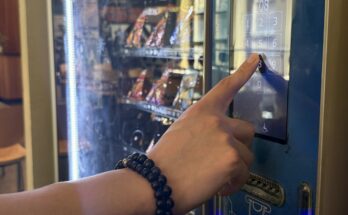Education and income inequality took center stage at Mayor De Blasio’s first State of the City address at CUNY LaGuardia Community College on Monday.
“Fighting to end the Tale of Two Cities, not just because it’s moral and just, but because it makes all of our lives richer,” said de Blasio, as he unveiled his progressive plans for the upcoming year.
New York City public school educated students, from Pre-K to the post-graduate level, were a central focus to the future of the city’s economic welfare. Initiatives were placed in direct connection to the success of the job market and city’s economy and the only way that could be improved is through progressive reforms.
“A quality education – the most powerful tool we know for lifting one’s life chances – has become a promise broken too many times to tally,” said de Blasio.
He acknowledged costs of attending CUNY to be “soaring,” and touched upon creating programs that make New York City school educated students valuable through emphasis on training, skill development and successful job placement. Effective strategizing was his plan to yield direct results.
“We’ll not only fight to shift resources from corporate subsidies to tuition assistance,” said de Blasio. “we’ll work to connect higher education to the jobs that the 21st Century workforce requires.”
One of the expansions de Blasio plans to help fund is a science, technology, engineering and math program at CUNY to promote study in the field of technology. The time frame he set for the goal was within eight years.
For younger students in the Bronx who study at the Health Education and Research Occupations High School, an example of success was that their current studies provided them with real world experience at Montefiore Hospital and granted them access to CUNY resources.
Similar apprenticeship plans to lend work experience in related fields and programs to parallel the technological world of today was the model of growth for tomorrow.
“He knows that education is the way to invest for a bright future,” said Dr. Gail Mellow, president of LaGuardia Community College.
The CUNY school, nicknamed “the People’s College,” was chosen for its service to a diverse, less privileged population of 55,000 students a year, and also for its deep history tied to Fiorello LaGuardia.
“For me, it is especially meaningful to be a part of the historical continuity linking Mayor LaGuardia to Mayor de Blasio,” said Katherine LaGuardia, granddaughter of the late mayor. “He [de Blasio] has laid out a clear and actionable plan for bold and sustainable growth.”
De Blasio channeled the former mayor in his speech, often quoting to his words and acknowledging his stance on similar issues decades ago that promoted improvement through unification and government programs. Not only was his aim to bridge the gap between classes, but also appeal to his colleagues about the tasks ahead.
“New York will only work when it works as one city,” said the Mayor.
Transitioning to a living wage, mandating paid sick leave for employees, increasing affordable housing, reducing the “overuse” of stop-and-frisk, limiting the closings of community hospitals and providing municipal IDs for undocumented residents were all a part of his other initiatives for his time in office.
In closing, he challenged his colleagues in office to join in the effort to restore the state of the city, but stated he was prepared to press onward regardless of Washington, the state and the city.
“We’ve one got one chance to get this right,” said de Blasio. “Let’s seize it.”



